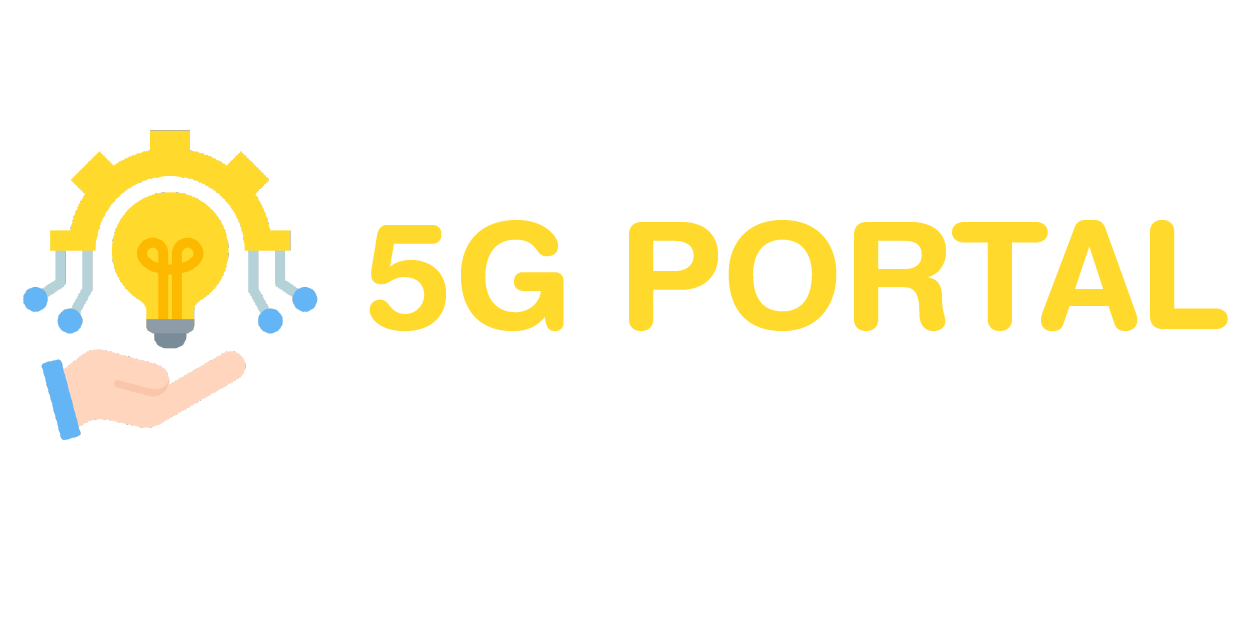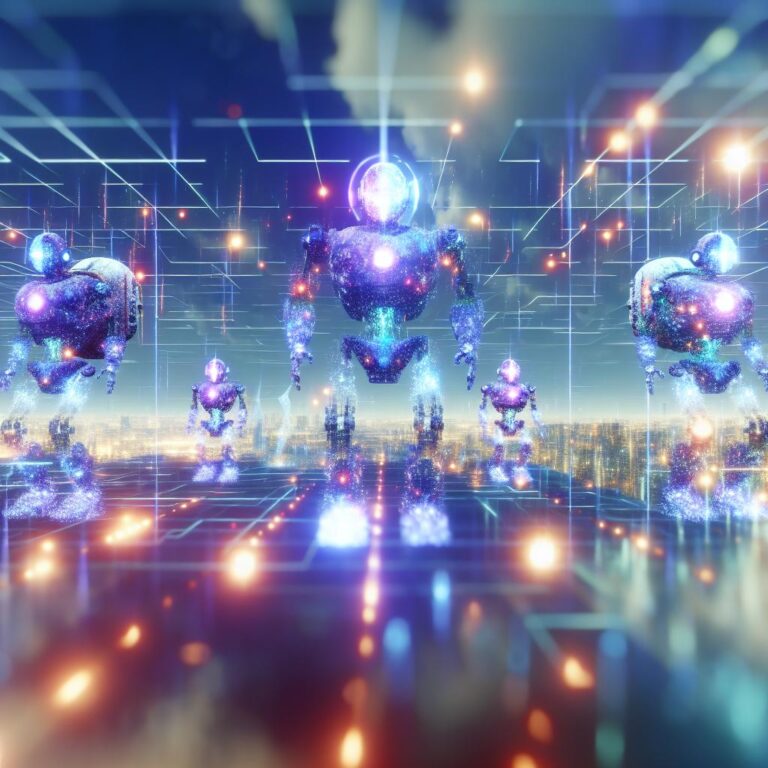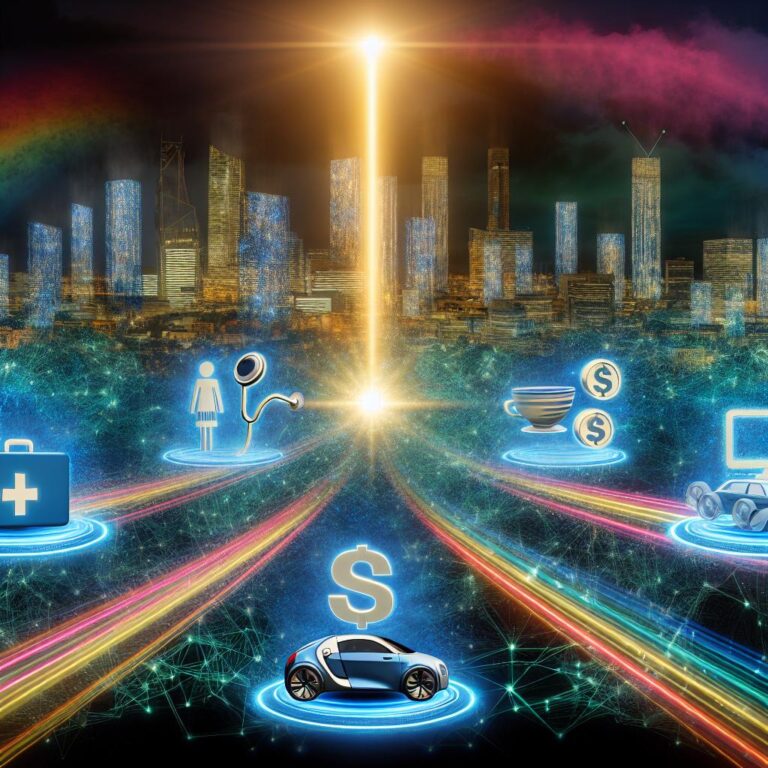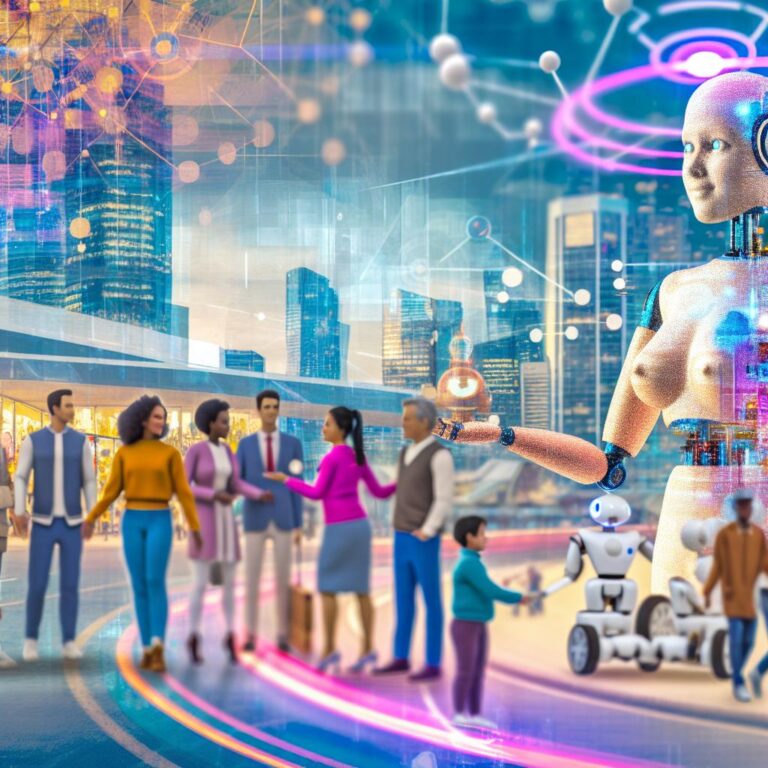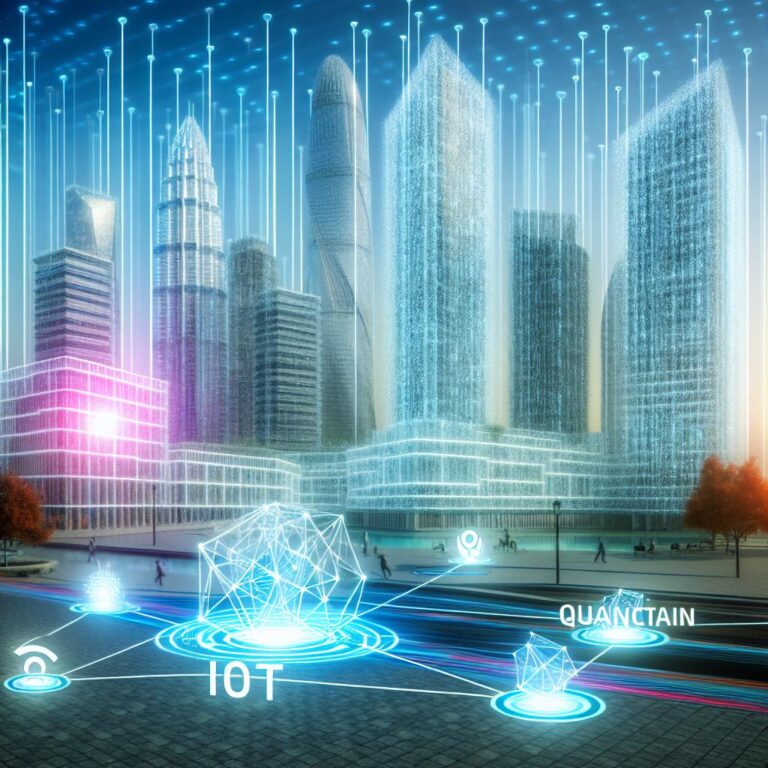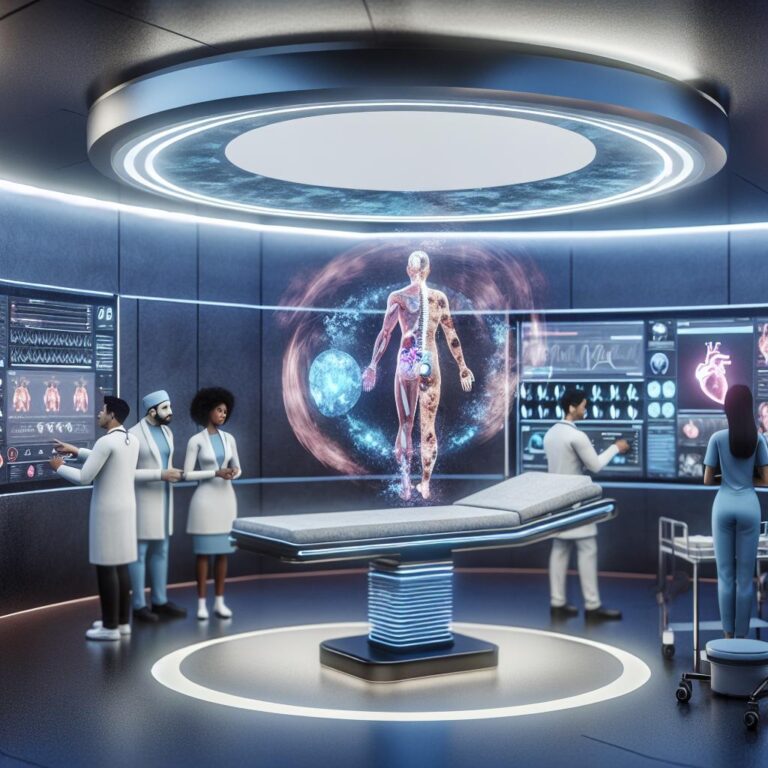Generative AI vs AI: How Do They Differ?
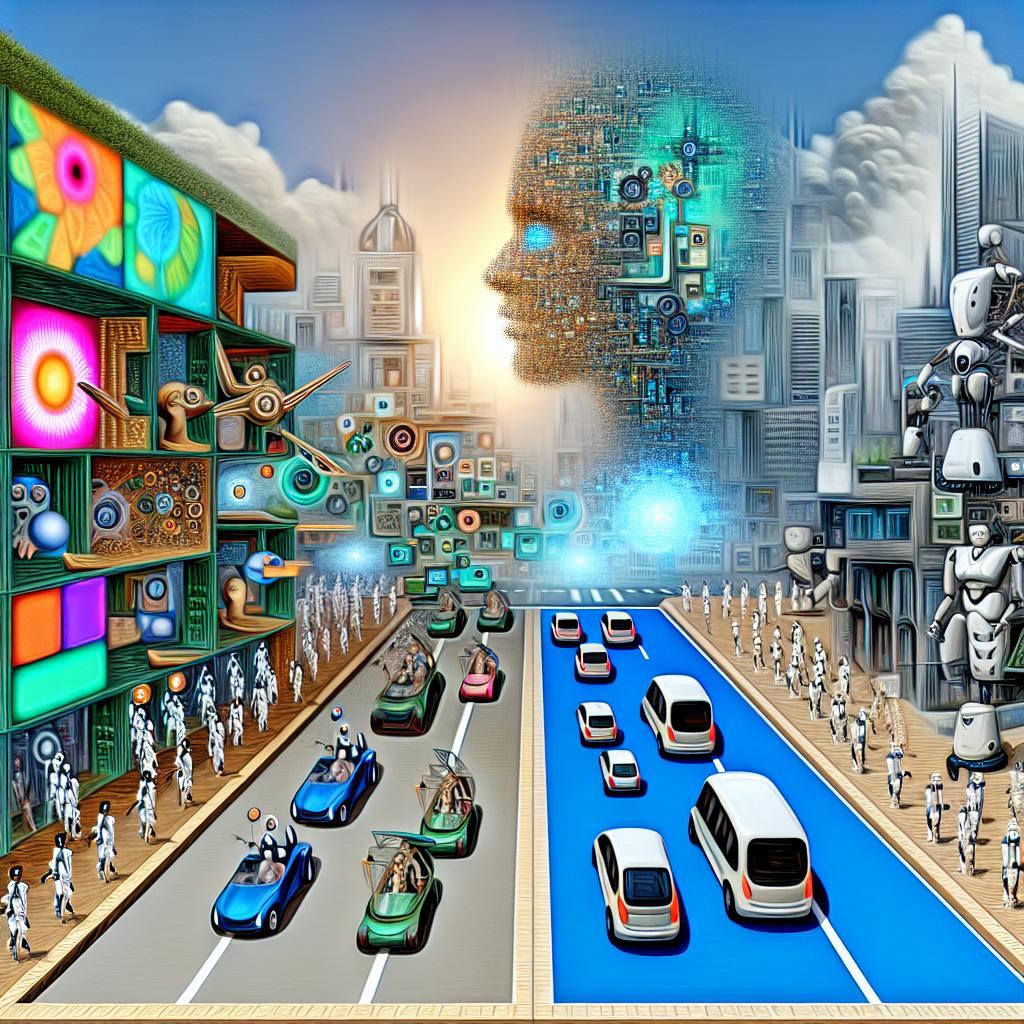
- Generative AI creates new content (text, images, music) and excels in art, writing, and music, offering unique experiences.
- Traditional AI relies on data analysis for decision-making and predictions, used in chatbots, search engines, and online ads.
- Applications of Generative AI include DALL-E's image generation and GPT models for text interaction, utilized by OpenAI for essay writing and customer service.
- Predictive AI forecasts events using past data, aiding fields like healthcare and finance with trend spotting and patient recovery predictions.
- Industry Impact: Generative AI is crucial in healthcare, finance, and more, enabling personalized drug creation, risk assessment, and innovative fashion designs.
- Key Difference: Generative AI focuses on creation, while Predictive AI forecasts future outcomes. Each serves distinct purposes based on task requirements.
- Generative AI is transforming industries by enabling new processes and innovations.
Have you ever wondered how generative AI differs from traditional AI? As both a tech enthusiast and expert, the distinctions intrigue me. While both forms of AI shape our digital world, they perform in remarkably different ways. Traditional AI follows the rules we give it to solve problems. Generative AI, on the other hand, creates new data, offering fresh insights and possibilities. Join me as we explore these fascinating differences!
What Are the Core Differences Between Generative AI and Traditional AI?
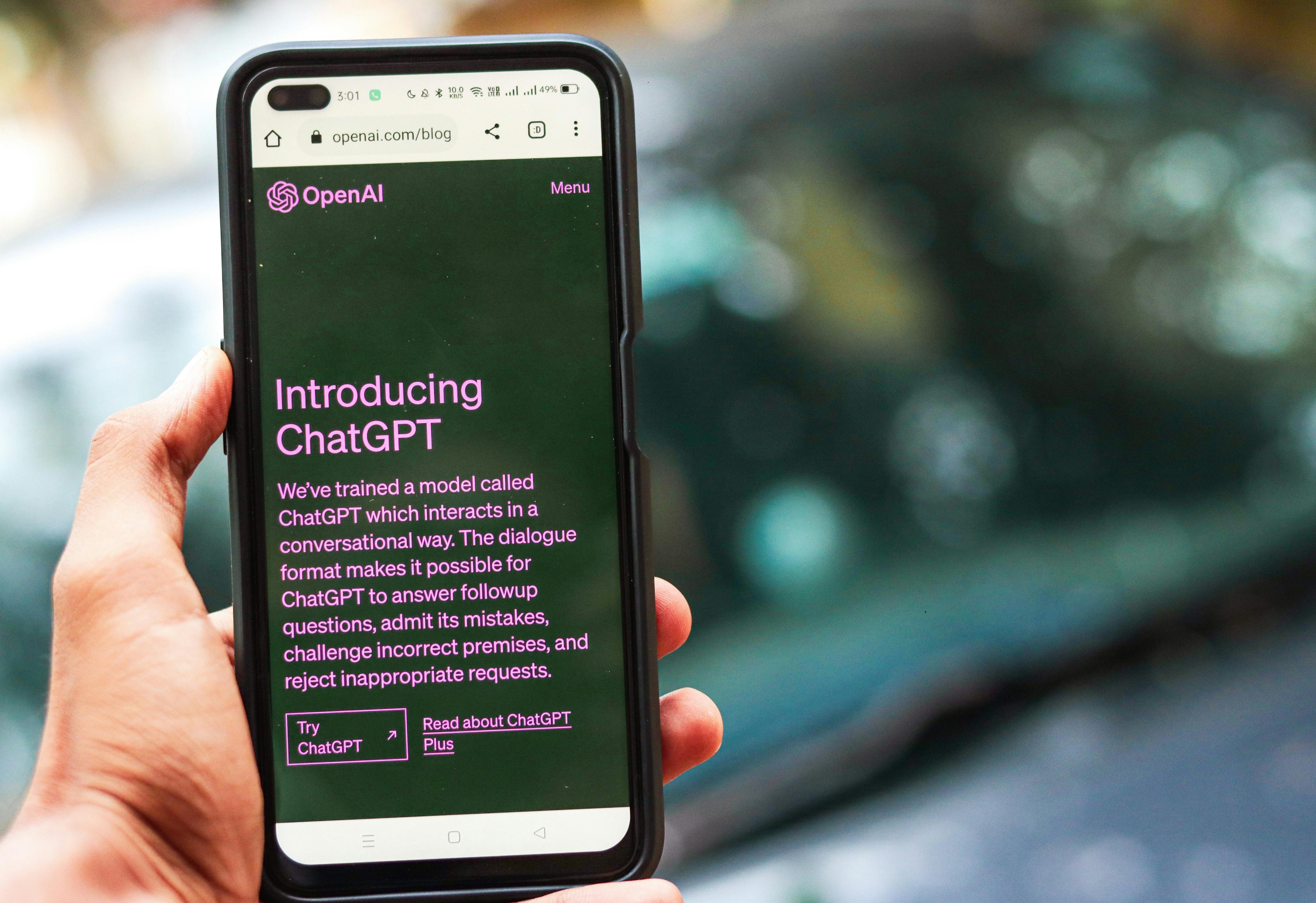
Generative AI makes new content like text, images, or music. It creates things similar to what it learned from data. Traditional AI focuses on making decisions or predictions based on past data.
How Do Generative AI and Traditional AI Differ in Functionality?
Generative AI creates new things. It can write stories, make art, or compose tunes. It learns from lots of examples, then makes something similar. Traditional AI uses rules and data to solve tasks. It makes decisions, finds patterns, and works to improve efficiency.
What Are the Typical Applications of Traditional AI?
Traditional AI is used in many everyday tasks. It powers chatbots, aids in search engines, and enhances online ads. It also controls factory robots and suggests online shopping items. These tasks rely on analyzing past data to make good predictions.
In What Ways Does Generative AI Outshine Traditional AI?
Generative AI shines in creative tasks. It can mimic a human's writing or make art. Traditional AI lacks this creativity. Generative AI can give personal and unique experiences. It's ideal for art, writing, and music where invention is key. For more differences, check out this detailed guide.
How Are Generative AI Models Applied in Real-World Scenarios?
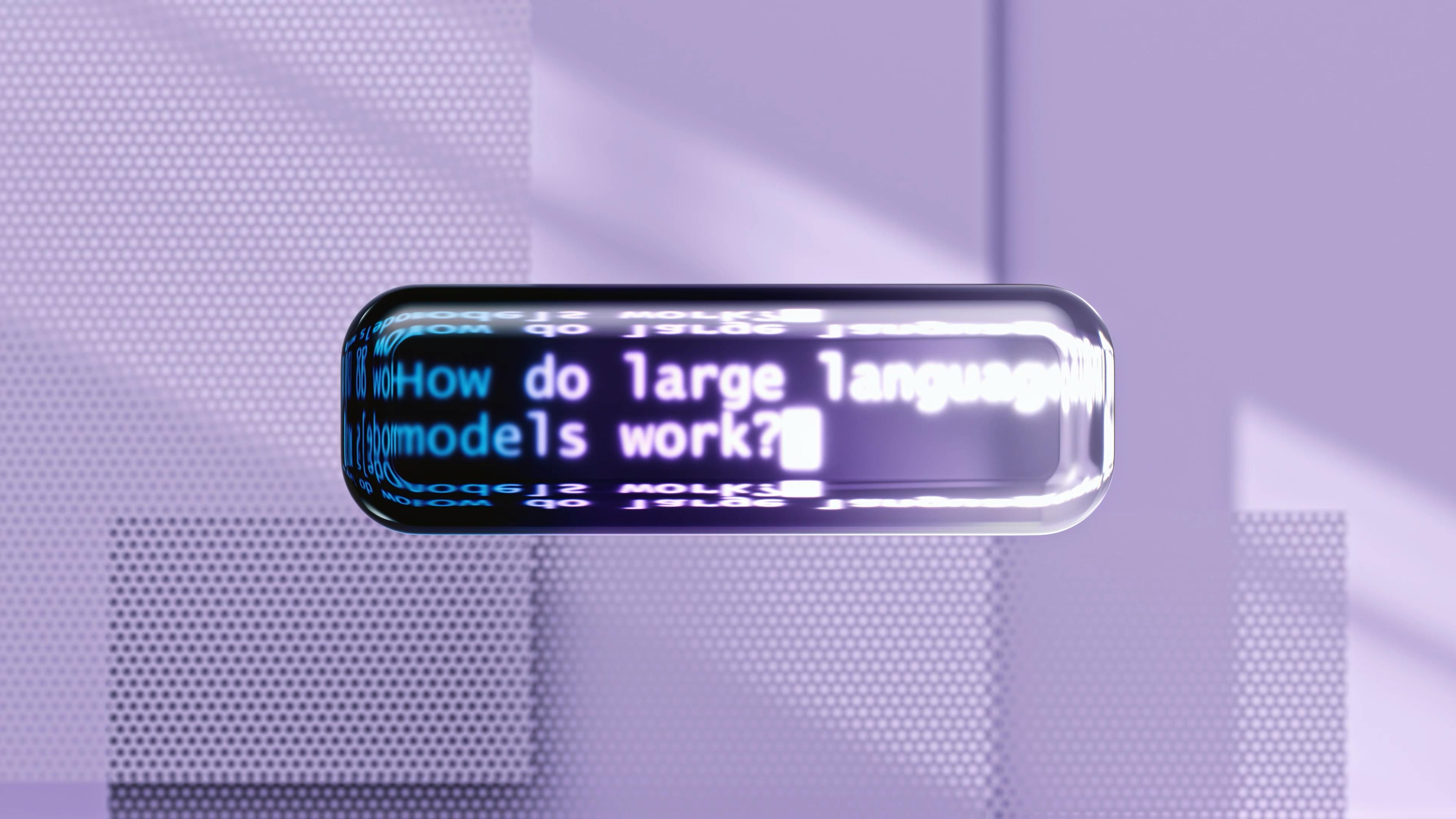
What Are Some Real-World Uses of Generative AI?
Generative AI shines in art creation, music, and writing. It helps create new and realistic images from simple sketches. For example, artists use generative AI to design unique digital artworks. In music, composers can make tunes with AI that sound original and varied. Writers even use AI to draft articles or create character dialogues in stories.
How Does OpenAI Utilize Generative AI Effectively?
OpenAI is a leader in using generative AI. It creates models that write essays, answer questions, and chat like humans. OpenAI's models can understand and generate text, making them useful for many tasks. In schools, they help with learning by providing detailed explanations. Businesses use these models to automate customer service, making interactions fast and smooth.
What Are Some Examples of Generative AI Models in Action?
DALL-E, created by OpenAI, generates images from text prompts. You tell it, "draw a blue cat on Mars," and it does so. GPT models, also by OpenAI, can complete text and hold conversations. For example, in customer service, a GPT model might talk to customers and resolve issues without human help. These models show how creative machines can be, using words and pictures.
What Are the Strengths and Methodologies of Generative and Predictive AI?

What Makes Generative AI Powerful?
Generative AI creates new things like art or articles. Its strength lies in making unique content. It learns from data examples and makes something new. This power comes from the way it can learn patterns. For example, it can write poems or create music on its own. Generative AI is used in creative fields a lot. Artists and writers use it to brainstorm ideas. It changes the way people make things, making the process faster and more fun.
How Do Predictive AI Methodologies Work?
Predictive AI looks into the future with data. It uses numbers and facts to guess what might happen next. Imagine predicting the weather; that’s like what predictive AI does. It takes past weather data and tells you if it might rain. This technology helps in many fields like healthcare and finance. Doctors use it to guess how a patient might recover. Banks use it to spot changes in markets. Predictive AI checks patterns and trends to give the best guesses possible.
What Are Key Comparisons Between Generative and Predictive AI Models?
Generative and predictive AI have different aims. Generative AI makes new things. Predictive AI forecasts future events. One creates, the other predicts. Generative models focus on creativity. Predictive models focus on accuracy. Both need lots of data to work well. The choice depends on the task. For art, go with generative AI. For forecasting sales, choose predictive AI. These models offer tools for many needs, each strong in its own way.
How Are Generative AI Tools Transforming Industries?

Generative AI is changing industries by sparking new innovations and processes. In healthcare, it creates tailor-made drugs by learning from tons of data. This means patients get better treatments faster. A cool example is how AI helps doctors by reading scans with high accuracy.
Generative AI also makes a big impact in finance. It predicts market trends and spots fraud faster than ever. Banks use these tools to manage wealth and make smarter decisions. Imagine turning to a system that can find risks before they happen!
Other industries use generative AI for new ideas and breakthroughs. Fashion brands design unique clothes based on customer likes. Car makers test models safely using virtual spaces.
Technology is not just about machines; it’s about changing how businesses work. Generative AI allows people to do things they could not before and makes companies stronger and more flexible. For more on how generative AI is reshaping industries, you can explore this article.
Conclusion
Generative AI and Traditional AI have key differences in applications and functionality. Traditional AI often excels in tasks like data analysis and pattern recognition. Generative AI creates new content, providing innovative tools for industries. Its power shines in real-world examples from healthcare to finance. Each AI type has unique strengths and methodologies that push technology boundaries. Understanding these distinctions helps us appreciate how AI transforms markets and industries. Whether you're exploring startups or analyzing trends, both AI forms are crucial. Keep a close eye on AI; it's shaping the future before our eyes.
